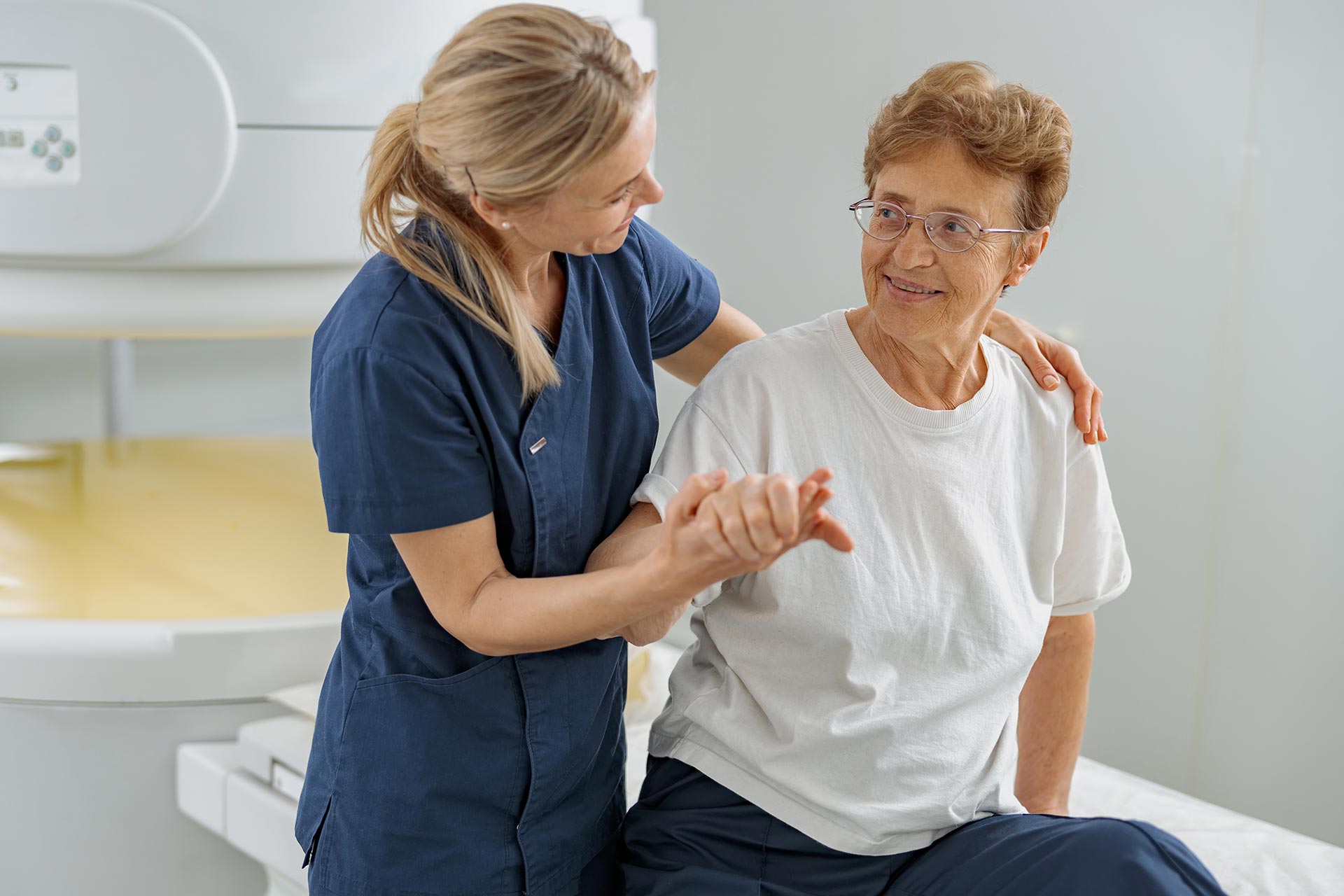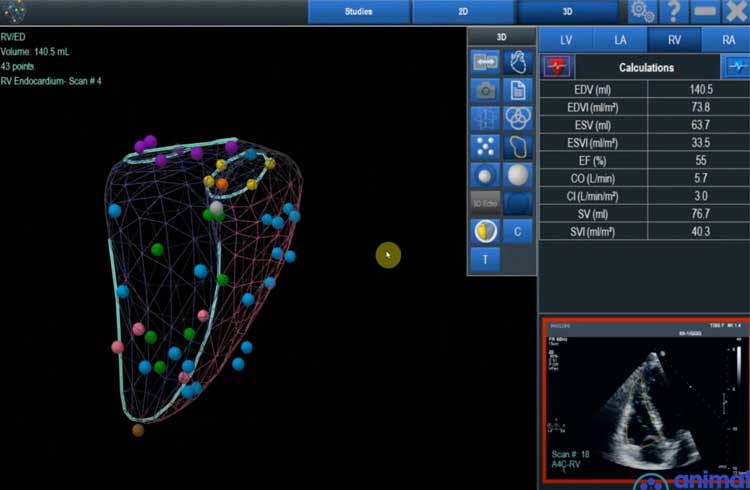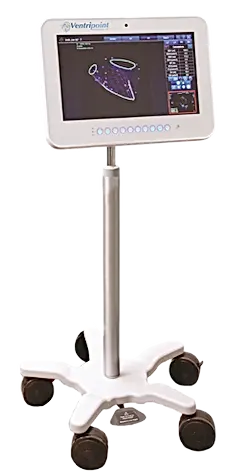We put the heart into A.I.
We transform ultrasounds into scans of the heart with the accuracy of MRIs.

Partners & Media Appearances

















A Breakthrough in Diagnostics for the Heart
With our patented A.I., ultrasound scans are turned into high-fidelity 3D models of all four chambers of the heart, at a fraction of the cost and time of a traditional MRI.
Ventripoint is now being used by major hospitals in Europe, the U.K., the U.S. and Canada.
Our VMS+ is a diagnostic aid that was developed to provide a point of care solution to better communicate the heart’s structure and function without the need for MRI.
The VMS+ marries the ingenuity of the cardiac MRI and Echo with the power of Ventripoint’s Knowledge Base Reconstruction (KBR). KBR powers construction of a 3D model of the heart and calculates volumes and ejection fractions for all chambers with an accuracy comparable to the MRI.
The British Heart Foundation & iTV Global Report on Ventripoint
Products
Our Breakthrough Technology
VMS+
Harness the Power of KBR

VMS+ is designed to create an accurate 3D model of the heart from a 2D echocardiogram to obtain cardiac metrics on all four chambers of the heart within minutes. Obtain accurate results that do not require “perfect images”.
VMS+ Software for 3D Echo & MRI
Software for 3D Echo and MRI.

VMS+ software can be installed on any personal workstation. Create a 3D model of the heart’s chambers with the use of any commercially available 3D echo or MRI images. Obtain reproducible and accurate volumetric measurements and ejection fractions.
The A.I. Alternative to MRIs
Want to talk to us about VMS+?
Talk to a representative to learn how VMS+ can be used to aid in more accurate volumes and ejection fractions so you can follow patients with confidence.
